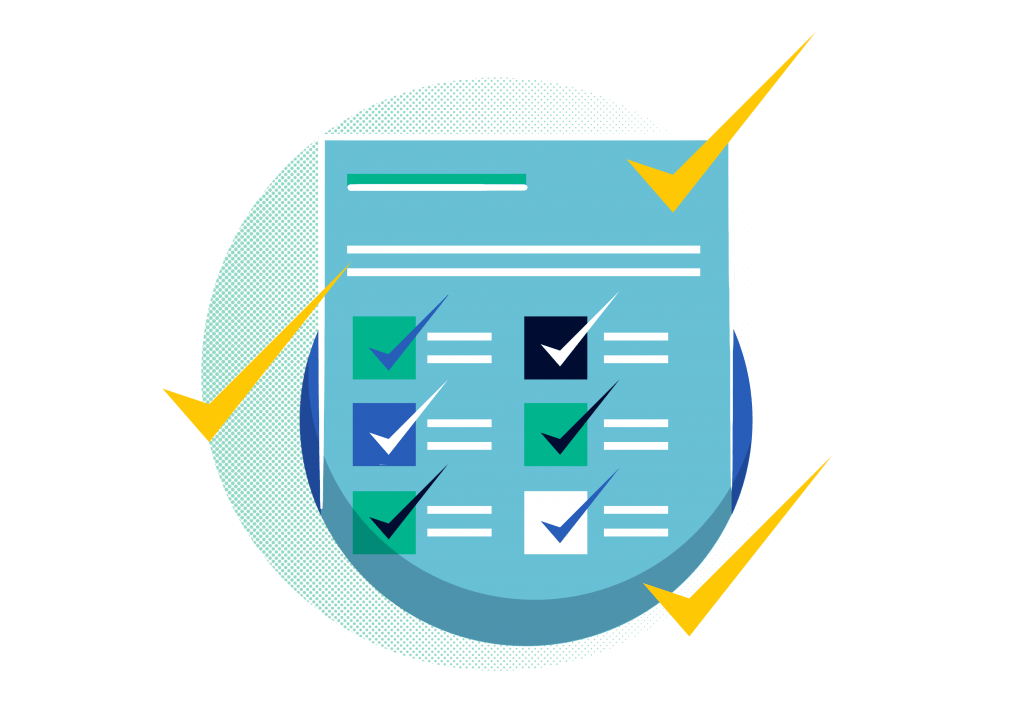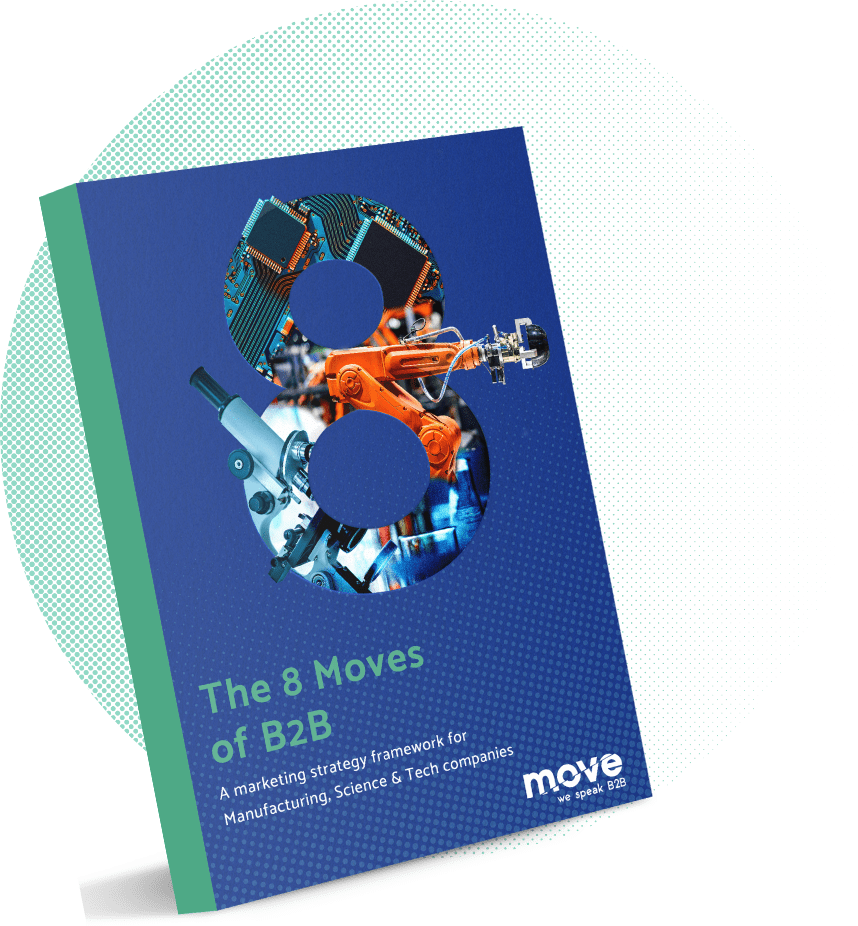8 Moves Towards a Successful B2B Marketing Strategy
In B2B marketing, the key to successful marketing is influencing businesses with potentially numerous stakeholders, as opposed to an individual. The goal is to neutralise pain points and provide solutions to problems, which demands an alternative approach to business marketing in comparison to consumer marketing.
According to a Gartner survey, 77% of B2B buyers stated that making a purchase is still time-consuming and complex. The B2B sales cycle is typically a long process, in some cases lasting up to 18+ months. Commonly, the buyer will carry out around 12 online searches before even interacting with a vendor’s website.
In the modern B2B landscape, there’s no room for inaction, but what can we do as B2B marketers to improve? The foundation is a solid B2B framework and strategy. To help you get started with successful marketing campaigns, we’ve created a quick summary of our unique “8 moves of B2B” strategic planning framework…
1. Marketing Lansdcape
The best way to start any strategic marketing plan is to set the scene and examine the context. The context can quickly be compiled based on the answers to a series of internal marketing audit questions. These questions include the following:
- What are the market sectors and applications relevant to the product/service?
- What is the maturity of these market sectors?
- How are the internal sales and product support teams set up?
- What is the reseller/distribution network overview?
- Is there any recent historical marketing activity to review?
Segmentation, macro environment analysis, marketing SWIT and buyer personas are the other key components of establishing your marketing landscape (see our “8 moves of B2B” for more information).

2. Competitor Analysis
Understanding the market and the marketing positioning, strategy and tactics of competitors is a vital tool for a B2B marketer. For B2B players, conducting a competitive analysis will guide the way to strategic marketing positioning. With there being such a saturated market of key players, having even the slightest competitive edge can win you a big market share.
3. Message, Brand and Positioning
Your brand needs to remain at the heart of your B2B marketing strategy. Your message, brand and positioning need to be consistent and not forgotten about, only to be resurrected for big-ticket projects. Before defining media channels and campaign specifics, you need to establish the following for your brand:
- Essence
- Purpose
- Value proposition
- Personality
- Principles
4. Channel Selection
Whether it’s digital marketing and social media platforms or more traditional PR routes, knowing where to start with channel selection for your B2B strategy can be tricky. We currently live in an era of marketing channel saturation, with so many options from so many sources.
B2B customers are easier to reach than ever before, through inbound and outbound methods. Here are just a few examples:
Inbound
- Social media
- PPC and remarketing
- SEO (search engine optimisation)
- Automation/email
- Earned digital PR and editorial features
Outbound
- Press releases
- Social advertising exhibitions
- Technical PDF downloads
- Trade press advertising
- Brochures, catalogues and flyers
5. Martech stack
At its most basic level, a Martech stack is a collection of technology-based tools used by marketers to help them effectively automate, perform and report on various multi-channel marketing activities across the customer lifecycle.
The combination of tools can vary depending on the type and size of the business, budget and the company’s strategic goals and priorities. At its most advanced level, it can be a major source of competitive marketing advantage and should be considered as an enabler for executing strategy.
6. Objectives
When it comes to objectives, focus firstly on several core fundamentals or purposes. These purposes can be split between primary and secondary objectives.
Primary:
- Brand awareness
- Customer retention
- Lead generation and customer acquisition
Secondary:
- Gain market share
- Launch new products/services
- Enter new markets
- Improve stakeholder relations
- Enhance customer relationships
- Improve internal communications
- Increase profit
7. Budget
Within the B2B space, a budget can only be defined according to the specifics of what you’re trying to achieve. In the majority of cases, the best way of optimising B2B marketing budgets as an SME is to implement a multi-channel approach that squeezes the value from each investment.
Around 30% of budgets are built from scratch each year in B2B marketing and 40% are based on the previous year’s expenses. When budgeting for the year ahead, it’s important to listen to the data and invest in what’s working. Repeatedly investing in channels because it’s “what’s always been done” can be a barrier to a successful campaign.

8. Reporting Loop
Monitoring the relative success of your marketing plan is vital for the modern B2B marketer. Having an agile, comprehensive framework that is easily updated and covers every channel in your marketing mix will make your reporting process much easier to manage.
Martech tools can help to automate large chunks of the reporting process, however, it’s the interpretation of the data that can be the hard part. Often B2B companies are inevitably dealing with lower volumes, meaning that even the slightest variations in traffic or engagement can represent behavioural shifts.
For more information on how to use the “8 moves of B2B” in your business as well as tools, checklists and templates, or to discuss how Move can help with your B2B strategy, get in touch with the team today via info@movemarketing.co.uk


